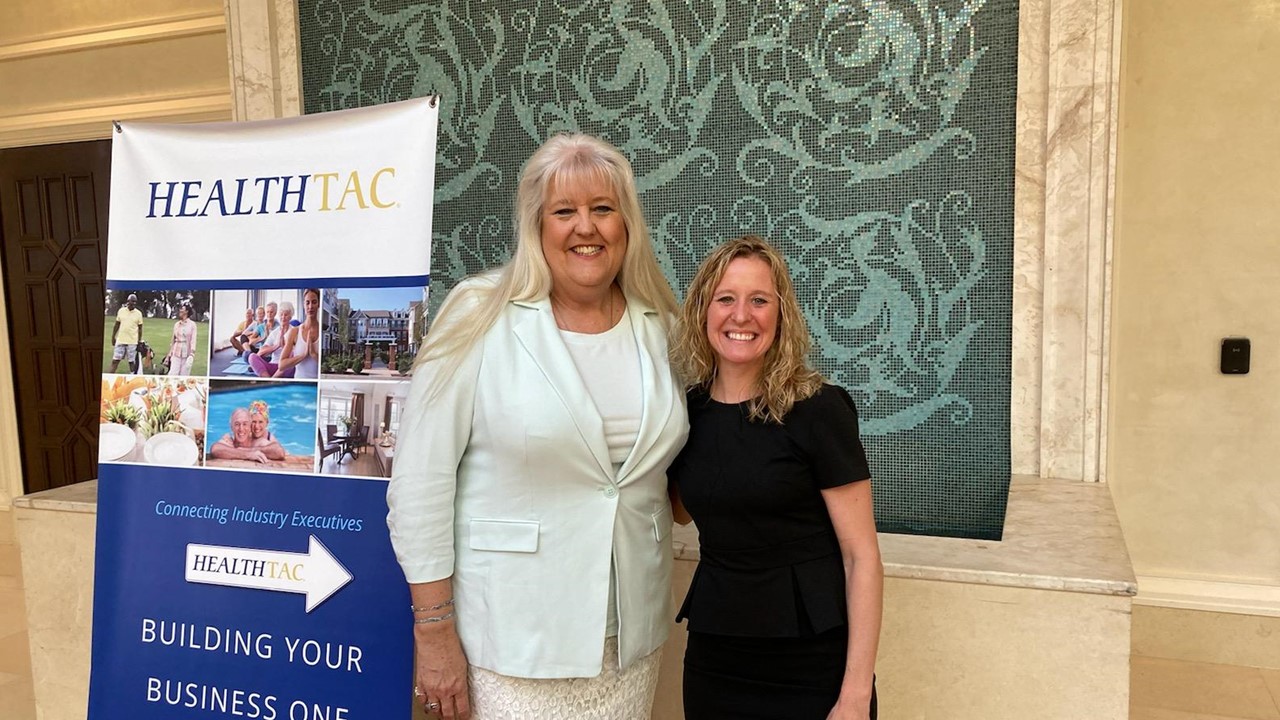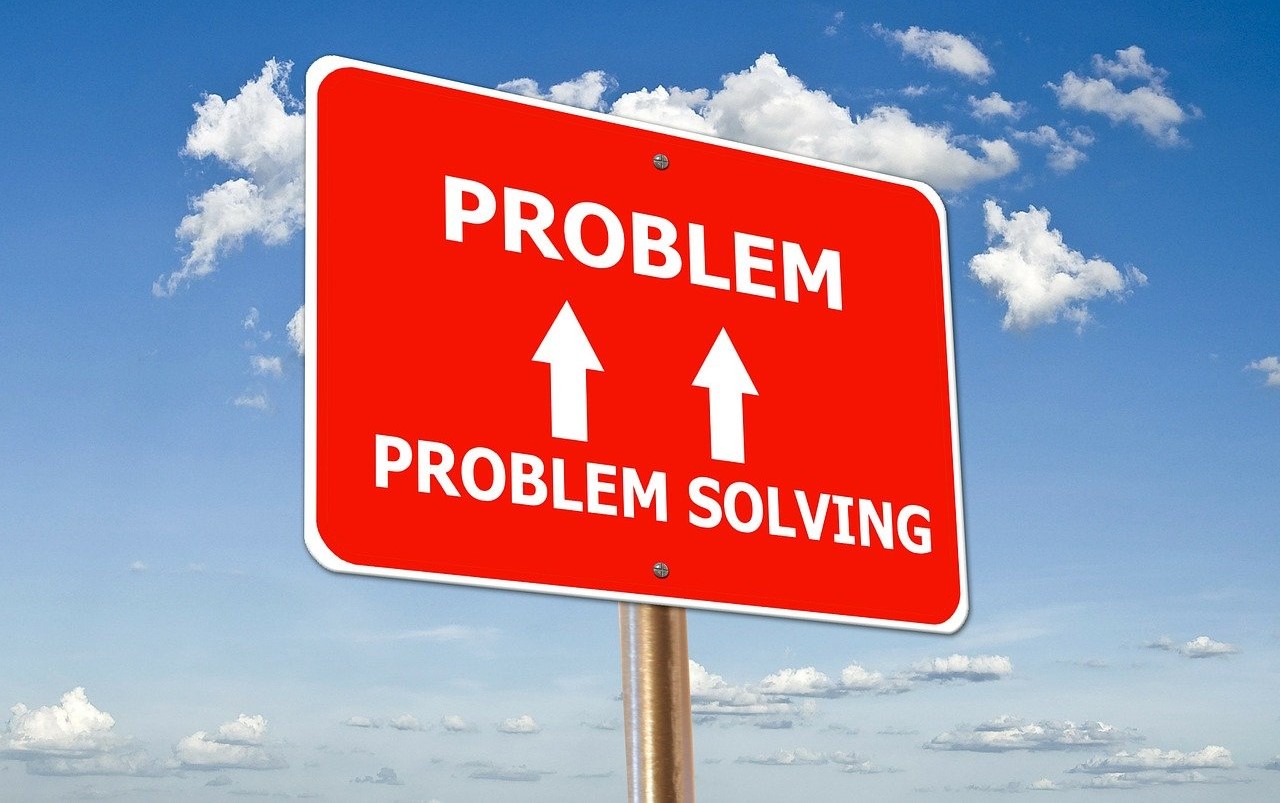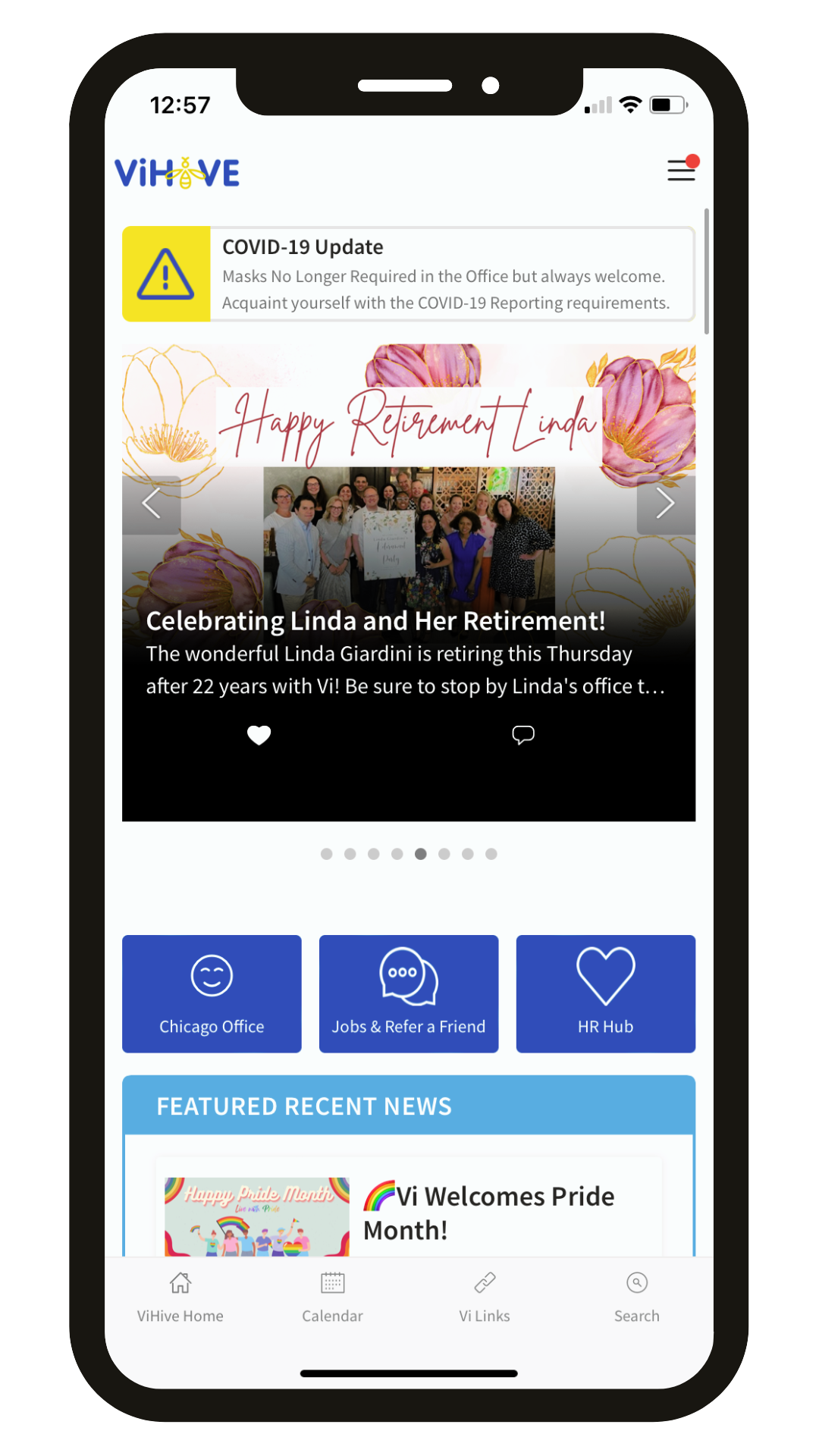
By Caroline Chan | June 8, 2022
HEALTHTAC Panel Highlights the Pandemic’s Effect on Purchasing Products
The current news around product shortages made a recent HEALTHTAC panel, entitled “Purchasing: Overcoming Supply Chain Issues,” even more timely. The panelists discussed how the pandemic—and other recent events—has changed the purchasing process, relationships with distributors and vendors and how they communicate with their communities about the shortages and delays. The event took place at the Four Seasons Resort in Orlando, Florida.
“When the pandemic hit, we weren’t prepared; I think it’s fair to say that most people weren’t,” said Jennifer Nolan, vice president of procurement strategy at Brookdale Senior Living—which has about 670 communities across 41 states. “When you look at the products that were necessary to protect residents and associates, they were core products that our business hadn’t really had any history of buying.”
This includes items like isolation gowns, N95 masks, ionization equipment and gloves. And because of the pandemic, “there were shortages amongst every core product that we were looking at,” Nolan said.
Then once she found and purchased the items, Nolan had nowhere to store them (before they were sent to the communities). “We actually stood up a distribution center. My team quickly had to learn what inventory management was, and our communities had to understand how to count product,” she said.
While her company doesn’t have an inventory management system in place, she expressed that having a similar system could be helpful to keep track of what they have in stock.
Along those same lines, we need to “have a better pulse on what our operation’s future needs are and not just be in the moment…but looking further out as much as possible,” Nolan said. “Less reactive buying; [have a] more proactive approach.”
However, that isn’t always possible—especially these days.
“I think you’re right; I think looking ahead is always the right answer,” said Heidi Kuchenbacker, director of operations at Senior Living Management—a Florida-based senior living company with 21 communities across three states. “But we all got hit in the face with that, compliments of the pandemic, that we didn’t see coming.”
So in some cases, she’s just had to order what she could find—and that doesn’t always work out.
“That was a one-and-done kind of deal,” Kuchenbacker said. “[It] sounded really good, and then we find out that maybe it’s not quite the best mask on the market that we want to use. But when you don’t have any, it all looks good. So you had what you had and you upgraded as you went.”
And she’s found procedures that work for her company during these times. “You just get more creative,” Kuchenbacker said. “We’re not buying the quality, perhaps, that we would have purchased before through vendors and relationships that we like and would love to have, because they’re seeing supply chain issues.”
Money’s another factor, too. “We know the money’s not flowing like we’re used to—and it will again—but here we are and we have needs today. So what do you do today?” Kuchenbacker said.
For starters, she’s begun to look for the items that will last the longest. “I need to solve it today, not in three years or not when I can afford it,” Kuchenbacker said. “We’ve paid a little less money. We’ll have to replace it [the products] in the long run and it’s not the best financial deal, but it’s today’s deal.”
Facebook Marketplace and OfferUp have also been useful. Some items have scratches/dents, but you can also find nice items. “Put your money into the products that you need to, and save some money on some of the others,” Kuchenbacker said.
As an example, one of her EDs used OfferUp to purchase some furniture. “She got 12 pieces of furniture for under $500 that look like they’ve just come off the floor,” Kuchenbacker said. “She won executive director of the year for the company because of creative thinking like that.”
Nolan’s also working more closely with her suppliers and vendors. She recommended having regular check-ins with your distributors so they can advise you on what shortages they’re anticipating and you can buy ahead.
“We regularly interact and engage with our suppliers. We get monthly updates from all of our key distributors on some of the challenges that they’re seeing,” Nolan said. “For a lot of our core distributors, our partnership probably has grown leaps and bounds.”
And so many suppliers and vendors have been willing to go well above and beyond. “We have some of our distributors that had also never sourced PPE, and they were going out and trying to do that on behalf of their senior living customers. We saw that across the board,” she said.
Additionally, there wasn’t much pushback from the suppliers regarding the community’s safety protocols that were implemented. “They were doing everything they can, knowing that our resident and associate safety was of the highest importance to us,” said Nolan.
But she expressed the importance of transparency and real-time updates from distributors. For example, if they don’t have the product you need, who does?
“One of the things that we all need to be doing is pushing our distributors to provide more real-time information. There is nothing more frustrating than steering communities to buy x, y and z products and then not knowing if one distributor warehouse had it or not. We need that visibility,” Nolan said. “They’ll will be future business when that honesty and that trust and that partnership is formed.”
So because of that uncertainty—and supply chain issues in general—Nolan recommends having alternatives.
“Instead of having a sole source agreement—where we’re always going to the same distributor for a certain category—we’ve started to dual source almost across the board. We need to have secondary options in place,” Nolan said. “Having substitutes lined up is really important.”
That will only help you better help your communities—especially since, as Nolan pointed out, these communities are often buying products to support their immediate needs.
And you need to keep them updated on supply chain issues and shortages as you learn about those. That way, your care teams know what’s going on and they can make the best decisions for their communities.
“For us, communication is key,” Nolan said. “But you can’t do it without a strong communication tool, which I think is different for everybody, whether it’s an email or a call…As long as we can keep those messages front and center, it’s worked really well for us.”
And be open to new ideas. Kuchenbacker tells her associates, “‘If you got a better idea, bring it to me. If you have a question, let’s talk about it’,” she said. It’s all about “communication, some guidance and if they’ve got a better idea, just [creating] that environment of being able to have that conversation.”





